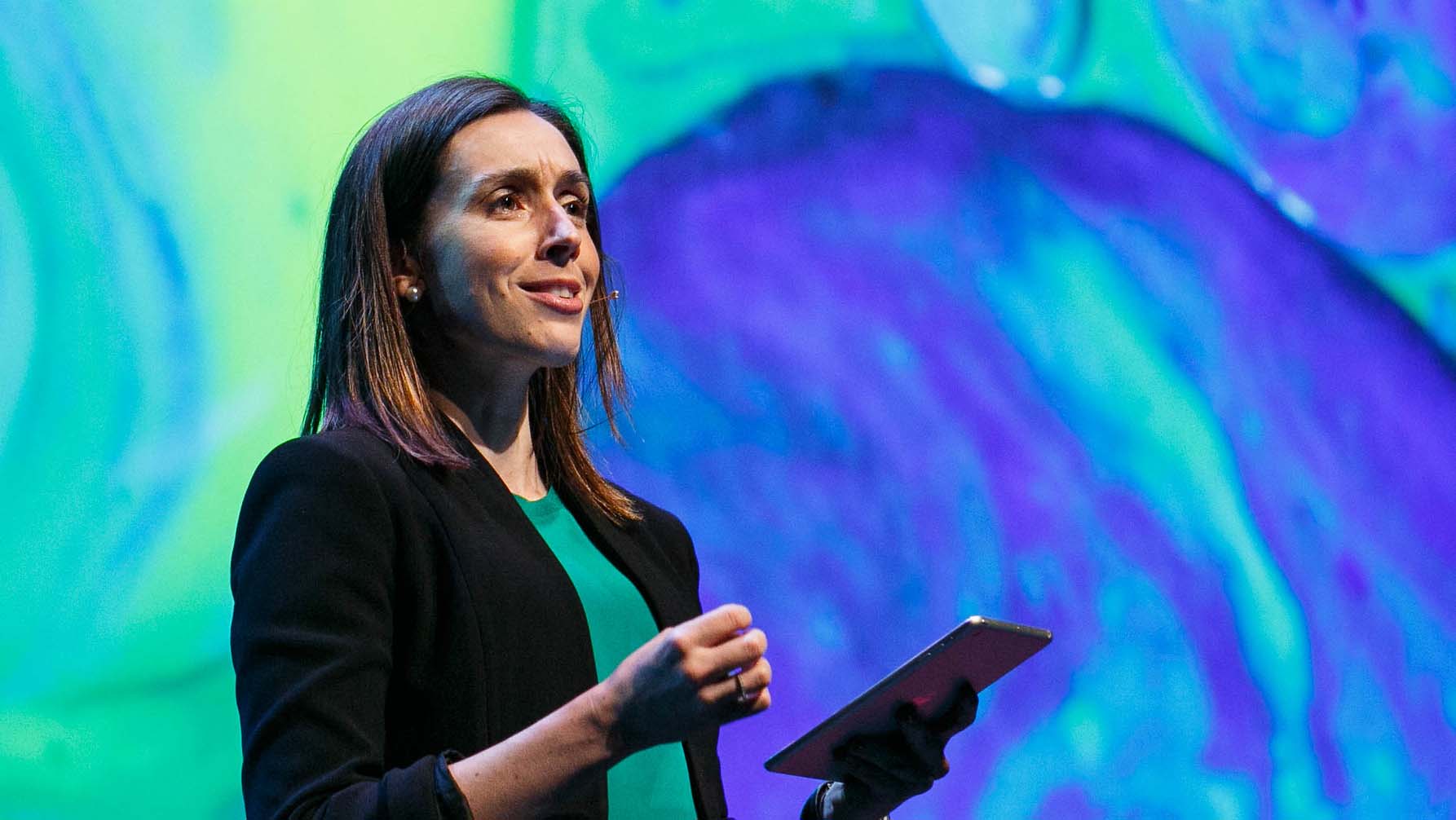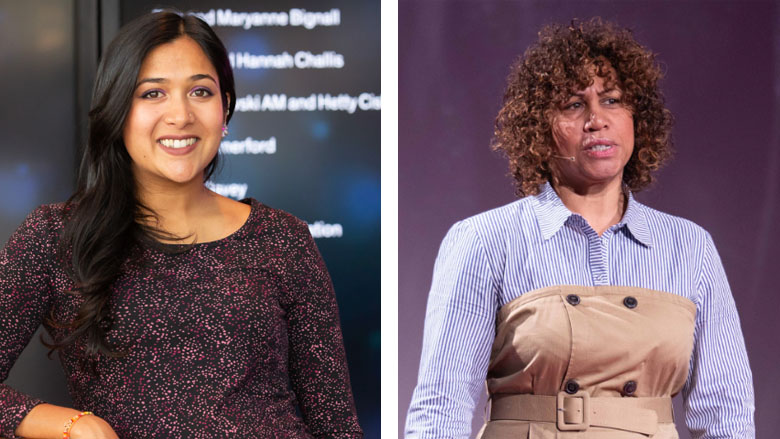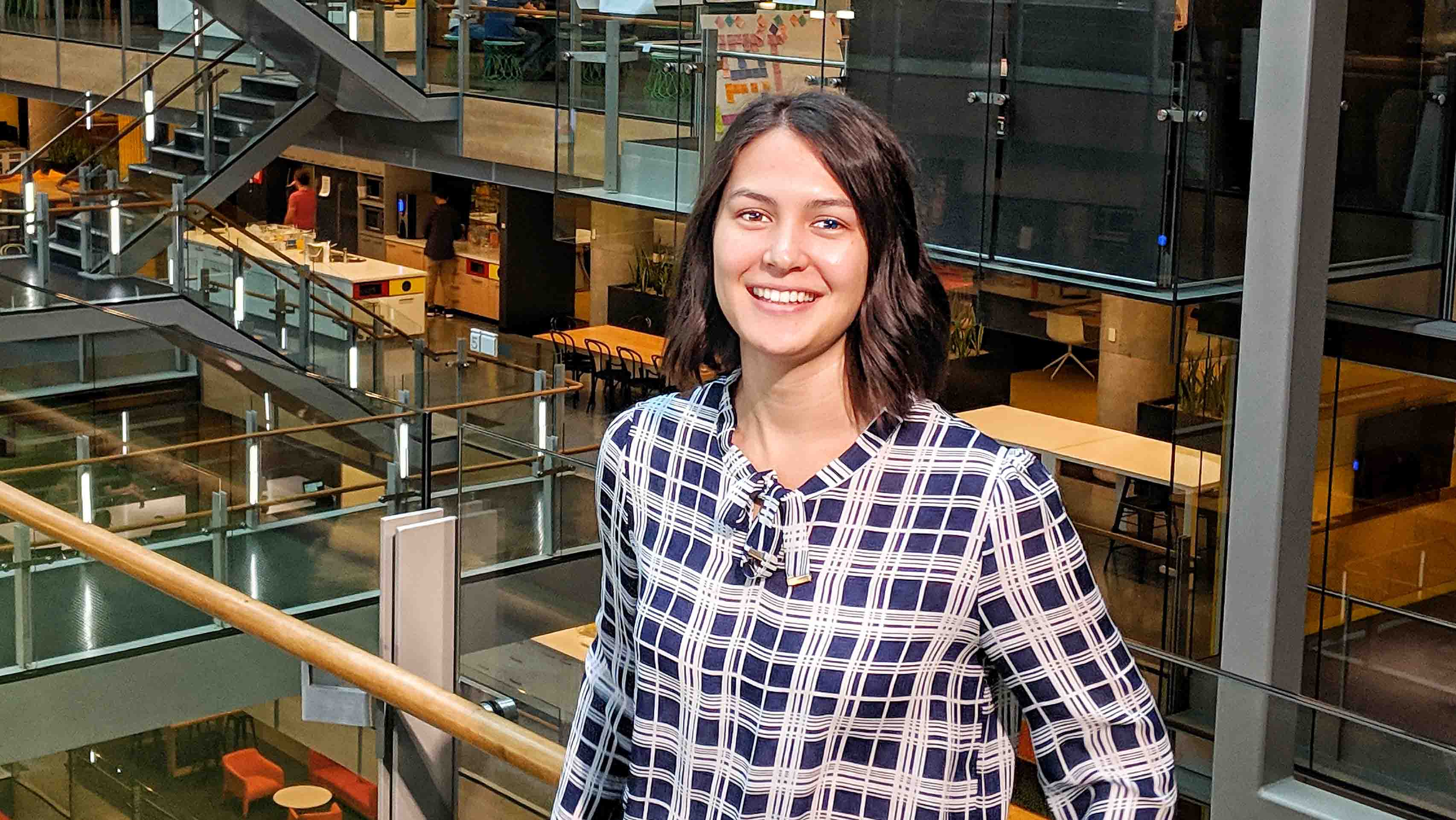STEM - from classrooms to parliaments it’s the acronym on everyone’s lips. Short for Science Technology Engineering and Maths, STEM has come to define the country’s future and that of the next generation.
With educators needing to prepare and equip students with skills required for new forms of work, STEM is helping to introduce children as young as five years of age to subjects like coding, robotics, cyber security, automation and computer design.
Technology will play a massive role in shaping the future workforce, with research from the World Economic Forum indicating that 65 per cent of jobs that today's primary school children might do in the future currently don't exist.
While this might seem far-fetched or overstated, jobs in now common fields such as social media, cyber security, or robotics either were rare or did not exist at the turn of the century.
While women make up half of the population, girls are still less likely to take up careers in technology. Recent figures indicate that women account for just 16 per cent of the current STEM workforce (Australian Office of the Chief Scientist, 2016). Through initiatives like its annual Girls in Tech event, Wired for Wonder, and cyber education program, Commonwealth Bank is helping to showcase career options in tech and link young people, particularly girls, with career mentors and role models in STEM.
Parents also play a crucial role in helping to influence study and career choices for young women, with research conducted by MasterCard indicating that 49 per cent of girls rate their parents as the biggest influencers of their careers.
CBA Newsroom recently caught up with four professionals working in innovation and tech to find out why there is so much attention on STEM, and what can be done to encourage more young women to consider careers in the field.
Is STEM just a fad?
Holly Ransom, CEO of strategic consultancy Emergent: “It is definitely not a fad – it’s the future! The skills you learn from STEM are of critical importance to our ability to solve the problems of tomorrow.”

Emergent CEO, Holly Ransom
Dr Dharmica Mistry, Chief Scientist at BCAL Diagnostics: “The disciplines of science, technology, engineering, arts and maths can allow children to harness their imagination and creativity. There isn’t an age too early to start and no dream too big. We need the future generation to think big and have the tools to go out and achieve their goals.”
Interactive filmmaker and neuro-gaming developer, Karen Palmer: “STEM is the future. However, the future is here today and it is imperative that children are part of this narrative as it affects them most of all.”
CBA software engineering graduate, Jennifer May: “Almost all jobs in the future will require technology in some form or another. Encouraging students in STEM will help set them up for whatever role or industry they want to be in, whether that's saving lives as a doctor, developing agriculture technology for farmers or helping businesses understand their customer's needs through data insights.”
Why is diversity important?
Holly Ransom: “Diversity of thought and skills allows us to ensure we robustly understand issues and have developed considered solutions; effectively that we’ve properly solved problems. Without diversity in technology we end up encoding and perpetuating bias, and technologies end up reinforcing and entrenching existing power imbalances rather than being a lever for a more equal world.”
Dr Dharmica Mistry: “Diversity drives innovation. People come from all different walks of life, backgrounds and experiences and this can add new and novel points of view to a conversation.”
Karen Palmer: “It is imperative to have greater diversity in technology, as the lack of diversity can lead to potential inequality and implicit bias, particularly in areas such as AI (artificial intelligence), which now directly interacts in our lives whether you are looking for a movie or even a date.”
Jennifer May: “Without the input of different perspectives and experiences in the design process, you aren’t able to design and build solutions that meet the needs of the whole community.”
How can we better engage young women and girls?
“We can’t be who we can’t see,” Dr Dharmica Mistry said.
It is important to show that obstacles young women may face, whether it be discrimination, lack of confidence, having children, or being underrepresented can be overcome and women can still succeed in tech, Dharmica emphasised.
“If young women can see that it is still possible to achieve their goals and get where they want to be, then it helps to dispel the fear of trying.”
When trying to engage and enthuse children about STEM and the arts, parents and educators need to communicate in ways that young people understand. “Technology is the communication tool of the young. To connect with them you have to use their language,” says Karen Palmer.
Gaining exposure through events like CommBank’s Girls in Tech or Wired for Wonder are effective ways to showcase the opportunities available to young people and girls, Jennifer May adds. “Once they are engaged, keep them engaged by supporting their journeys, finding them mentors and visible role models.”

BCAL Diagnostics Chief Scientiest Dharmica Mistry (left) and Interactive Filmmaker and neuro-gamer Karen Palmer (right)
Parents and role models are an important part of the solution
Both Karen and Dharmica agree that parents are important influencers for children, particularly young girls.
“My parents demonstrated that no challenge was too great and that I could do anything I set my mind to if I worked hard. Most importantly, they never let me think that I couldn’t do anything that my brother could do,” Dr Dharmica Mistry said.
Holly Ransom: “I’ve always had enormous admiration for Marie Curie and Amelia Earhart, not only for the extraordinary nature of their accomplishments, but for the courage they exhibited to even try.”
Jennifer May: “The people I’ve looked up to and my role models have shifted as my career and studies progressed. Some good role models for young girls include Juliana Rotich, Dr. Hayat Sindi, and Gladys West.”
Other role models for young women include:
Science and Technology Australia have a comprehensive list of female role models achieving amazing feats in their chosen STEM fields. |
One piece of advice for young women
Holly Ransom: “Do it! We need more amazing, talented, passionate young women in STEM. Find a mentor who can help encourage you and assist you in navigating your career path.”
Dr Dharmica Mistry: “Don’t let a lack of self-confidence stop you from seizing an opportunity. You deserve it, you should take it and give it your best shot! Let failure be your friend. Learn from it, iterate quickly and keep going.”
Karen Palmer: “Tech/STEM needs your individual enquiring mind. You are perfect just the way you are. Combine that with becoming a master of your craft and you will be unstoppable.”
Jennifer May: “Keep pursuing your passions, whether it's working with animals, saving the environment, space travel, music, sport, reading, whatever it may be, and think about how you can combine this with science, technology, engineering and maths. You don’t have to pick one or the other, the most innovative ideas come from bringing together ideas from all different worlds.”
Watch the CBA 2019 Girls in Tech video:



